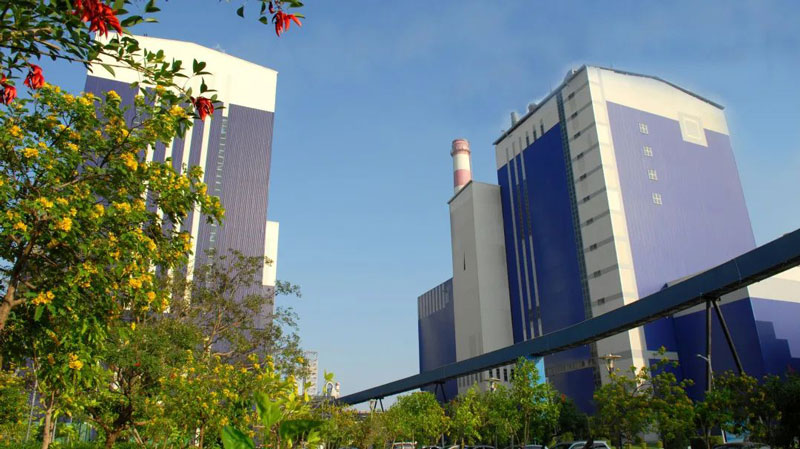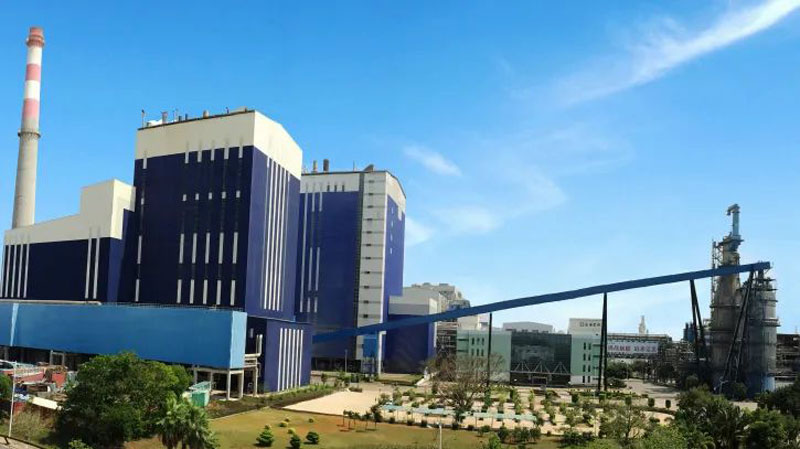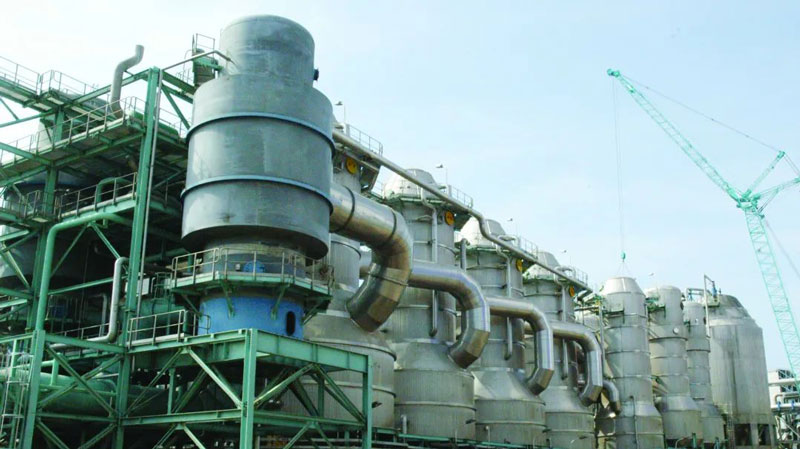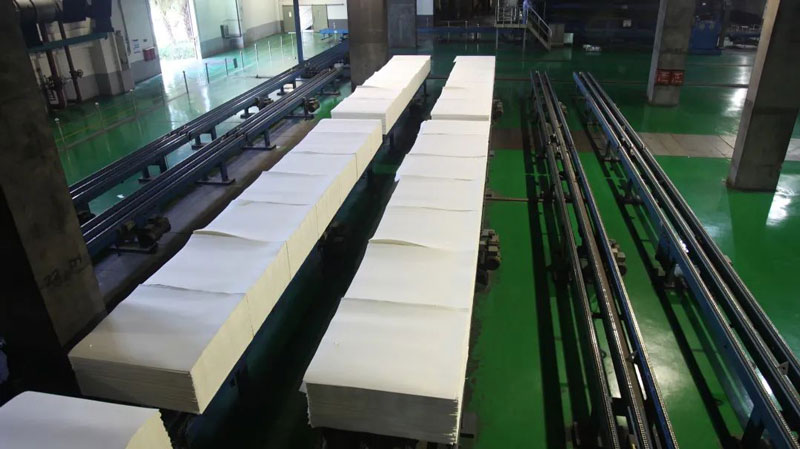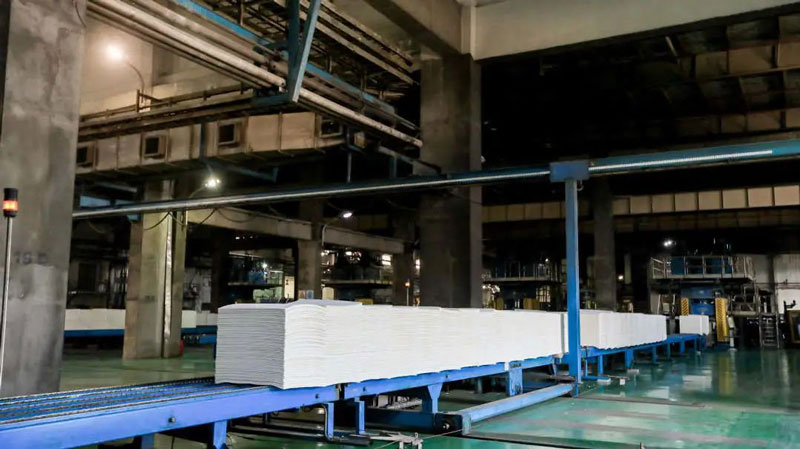From the magical transformation from tree to paper, what process did it go through and what kind of story did it have? This is not an easy task. There are not only layers of procedures, but also high standards and strict requirements. This time, let us walk into APP's pulp mill to explore the paper from 0 to 1.
Into the factory
After entering the factory, the wood raw materials are cut into lengths that meet the requirements of the equipment, and then the coat (bark) that is not conducive to the pulp quality is peeled off. The uniform and high-quality wood chips are sent to the wood chip cooking section through a closed conveying system. The remaining wood chips are crushed and burned into the boiler to generate electricity. The water or other materials produced during the processing will be recycled into electricity or steam.
Automated pulping
The process of pulping includes cooking, removal of impurities, removal of lignin, bleaching, water filtration, and forming, etc. The test of technology is relatively high, and every detail will affect the quality of paper
The cooked wood pulp is sent to the oxygen delignification section after the impurities are removed in the screening section, where the lignin in the wood pulp is removed again so that the pulp has a better bleach ability. Then enter the advanced four-stage bleaching section of element-free chlorine, and then combine with high-efficiency press pulp washing equipment to ensure that the output pulp has the characteristics of stable quality, high whiteness, high cleanliness, and superior physical properties.
Clean manufacturing
During the wood chip cooking process, a large amount of dark brown liquid (commonly known as "black liquor") containing alkaline lignin is produced. The difficulty of treating black liquor has become the main source of pollution in pulp and paper enterprises.
The advanced alkali recovery system is then used to concentrate the thick material through evaporation and then burn it in the boiler. The high-pressure steam produced is used for power generation, which can meet about 90% of the power needs of the pulp production line, and the medium and low-pressure steam can be reused for production.
At the same time, the alkali needed in the pulping process can also be recycled in the alkali recovery system. This not only reduces production costs but also achieves environmental protection, energy conservation, and emission reduction.
Finished paper
The formed pulpboard is cut by a paper cutter into specifications of a certain weight and size and then transported to each packaging line.
For the convenience of transportation, there are finished pulp boards on the conveyor belt, and they are all screened out after the whiteness and pollution rating.
The equipment is basically fully automatic operation, with a daily output of 3,000 tons. Except during machine maintenance, other times are in uninterrupted operation.
Transport
After the next roll packer compacts the pulpboard, it will be wrapped with a layer of paper to facilitate subsequent packaging and transportation operations, and also to avoid contamination of the pulpboard during transportation.
Since then, the inkjet machine sprays the serial number, production date, and QR code for the pulp board. You can trace the origin of the pulp based on the information of the code spray to ensure that the "chain" is not broken.
Then the stacker stacks the eight small bags into one big bag and finally fixes it with a strapping machine, which is convenient for forklift operations and dock hoisting operations after offline and warehousing.
This is the end of the "pulp" link. After planting the forest and making the pulp, how will the paper be made next? Please wait for follow-up reports.
Post time: Jul-01-2021



